Protective clothing Market Summary
As per MRFR analysis, the Protective Clothing Market was estimated at 11.81 USD Billion in 2024. The Protective Clothing industry is projected to grow from 12.84 USD Billion in 2025 to 29.56 USD Billion by 2035, exhibiting a compound annual growth rate (CAGR) of 8.7 during the forecast period 2025 - 2035.
Key Market Trends & Highlights
The Protective Clothing Market is experiencing robust growth driven by technological advancements and increasing safety regulations.
- Technological advancements in materials are enhancing the performance and durability of protective clothing.
- North America remains the largest market, while Asia-Pacific is emerging as the fastest-growing region in protective clothing.
- The Aramid and Blends segment dominates the market, whereas the Polybenzimidazole and Polybenzoxazole segment is witnessing rapid growth.
- Increasing industrial safety regulations and rising awareness of workplace safety are key drivers propelling market expansion.
Market Size & Forecast
| 2024 Market Size | 11.81 (USD Billion) |
| 2035 Market Size | 29.56 (USD Billion) |
| CAGR (2025 - 2035) | 8.7% |
Major Players
DuPont (US), 3M (US), Honeywell (US), MSA Safety (US), Lakeland Industries (US), Ansell (AU), Kimberly-Clark (US), Sioen Industries (BE), Carhartt (US)


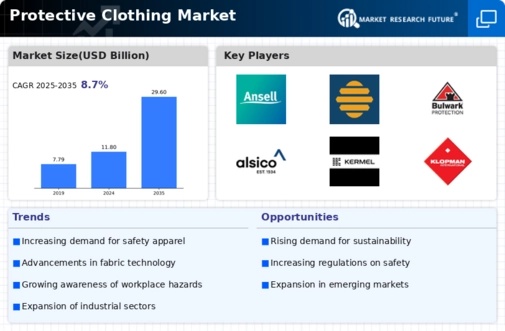
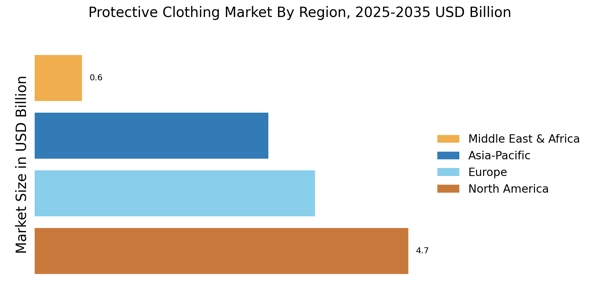

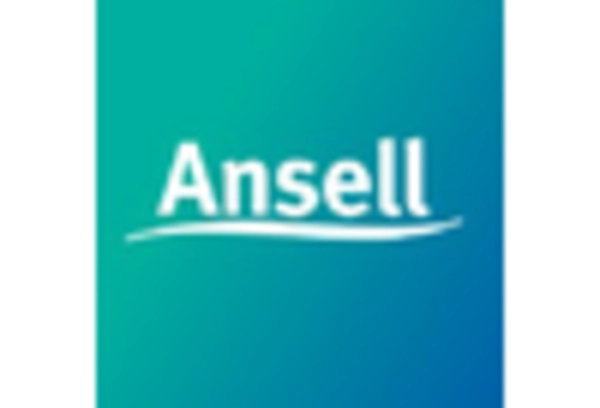


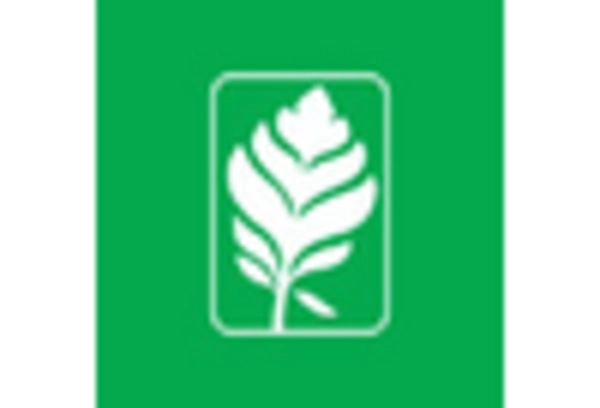
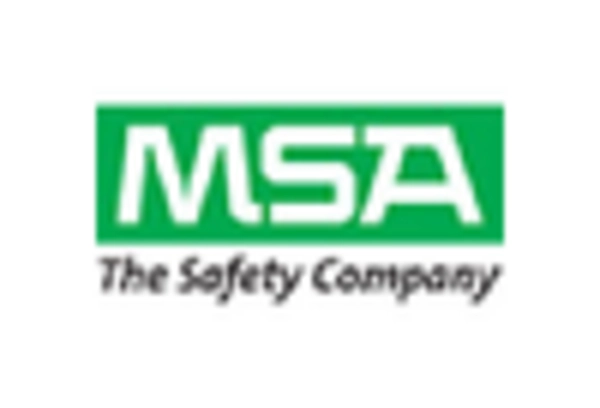








Leave a Comment